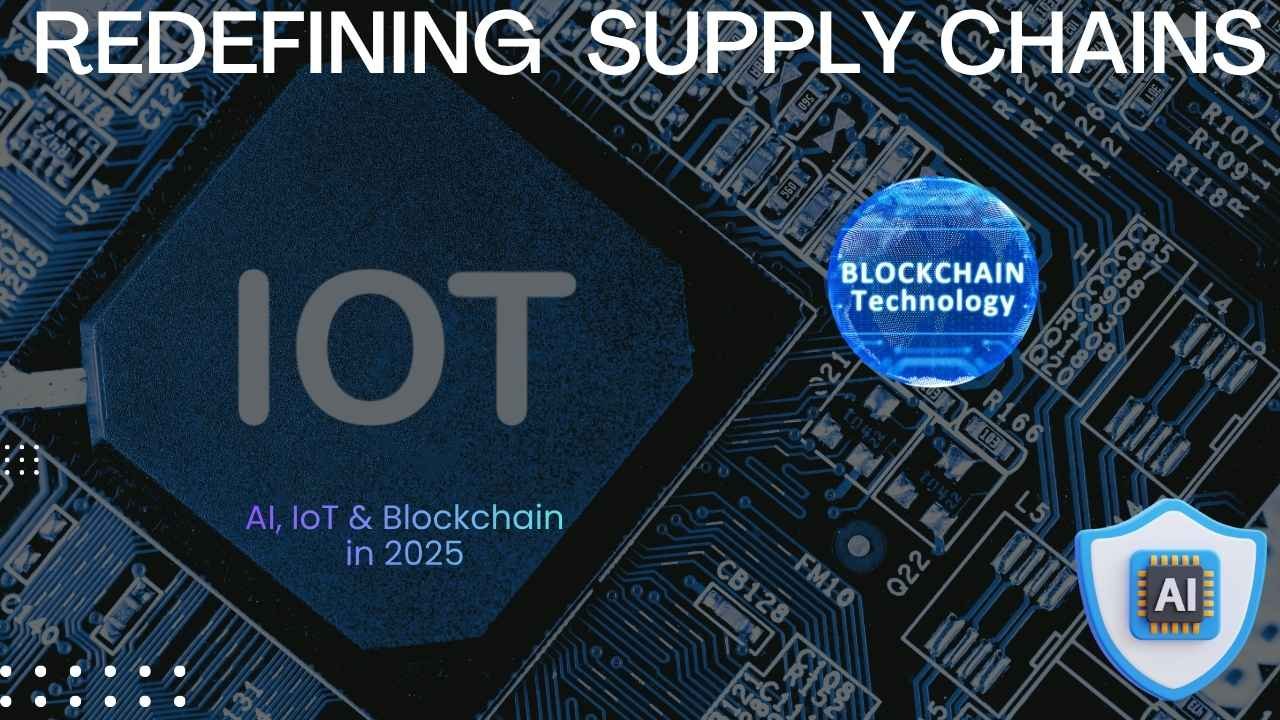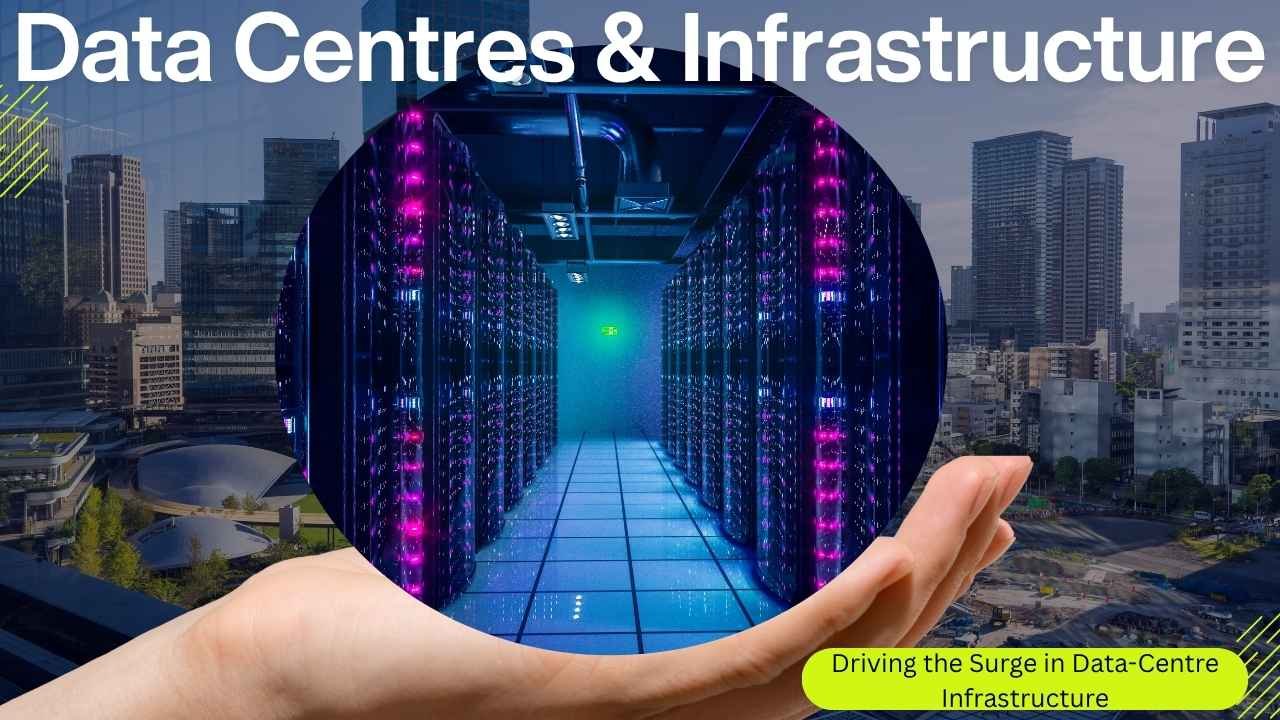Question | Answer |
1. What are real-time payments, and why are they important in 2025? | Real-time payments (RTP) refer to money transfers that are completed almost instantly. They matter because consumers and businesses don’t want to wait for bills, for payroll, for refunds. Faster payments reduce friction, increase satisfaction, improve cash flow, and open up new business possibilities (like micropayments). In 2025, systems like FedNow are expected to increase adoption significantly. |
2. How widespread will digital wallet usage be by the end of 2025? | Very widespread. Major wallets (Apple Pay, Google Pay, PayPal, Venmo) will continue to grow both in online and in-store use. Estimates show that a large share of U.S. consumers already use them regularly; by end-2025, most urban retail chains, many small shops, and eCom platforms will accept digital wallet or contactless pay. Merchant readiness will still lag in some rural or smaller businesses. |
3. Will BNPL keep growing, and what risks exist with it? | Yes, BNPL will continue growing in popularity. It’s becoming a built-in option in many checkout flows. But risks include over-extension of credit, regulatory scrutiny, potential higher defaults during economic stress, and the need for transparency in fees and terms. |
4. How will stablecoins change payment systems in 2025? | Stablecoins give a way to move value with less volatility than crypto, and are being explored for cross-border payments, remittances, and business-to-business transactions. With regulations like the GENIUS Act, the framework for stablecoin issuance and oversight is becoming clearer, which may boost adoption. However, adoption will depend on regulatory compliance, trust, integration, and acceptance by merchants. |
5. What regulatory changes should businesses be preparing for? | Key ones include oversight of large-volume digital wallets and payment apps by agencies like the CFPB; stablecoin regulation; possibly new rules around consumer protection, disclosure for BNPL; privacy, data security, AML/KYC enforcement; and maybe guidance on AI use in financial services. |
6. How will consumer expectations impact fintech product design? | Consumers will expect seamless, fast, and secure experiences. That means intuitive UI/UX, fast load times, transparent fees, multi-payment options, frictionless onboarding, good customer support, and strong privacy/security assurances. Brands that fail here may be penalized by consumers more quickly. |
7. What are the biggest technology enablers for fintech growth? | AI and machine learning (for fraud detection, risk assessment, personalized offers), cloud infrastructure and APIs (for faster integration and scaling), real-time payments rails (FedNow, RTP), stablecoin/blockchain infrastructures, secure identity verification tools, and tools for compliance automation. |
8. Will small businesses be able to keep up? | Some will struggle, especially those with limited budgets or older POS/payments infrastructure. However, many service providers and fintechs are building solution sets specifically for SMBs: more plug-and-play, more affordable, easier to integrate. Also, regulatory or incentive programs might help (grants, subsidies, etc.). |
9. How will security and fraud concerns evolve? | As digital payments increase in volume and complexity (e.g, more online + contactless + cross-border), fraud risk rises. Expect more sophisticated attacks. But fintechs and payment firms are likewise investing more in AI/ML fraud detection, real-time monitoring, biometric authentication, device fingerprinting, risk scoring, etc. Additionally, regulation will demand better security and consumer protection. |
10. What about financial inclusion? Who benefits? | Many underserved populations (low-income, rural, elderly, unbanked or under-banked) stand to gain from mobile fintech, digital wallets, lower-cost remittance services, simplified identity verification, and more accessible credit (via alternative data). If fintechs design with inclusion in mind, this can be a large opportunity. |
11. Will consumers adopt crypto payments more broadly? | Adoption for payments (not investment) will grow but slowly. Barriers are regulatory uncertainty, volatility (outside stablecoins), merchant acceptance, and user education. Most growth may come via stablecoin or crypto-adjacent rails with strong regulatory backing. |
12. How will cross-border payments evolve? | There will be pressure to reduce costs and increase speed. Stablecoins and blockchain can help. Regulatory coordination will matter (AML/KYC, taxation). Also, existing remittance networks will face competition from fintech startups offering cheaper, faster transfers. |
13. What role will embedded finance play? | Embedded finance (e.g., payments, lending, insurance built into non-financial platforms) will become more common. For example, marketplaces offering financing at checkout, social apps offering payment features, or ride-hailing / delivery apps allowing users to manage finances. It allows fintechs to reach customers where they already spend time, lowering friction and cost. |
14. Is regulatory risk a major concern for investors/businesses? | Yes. Regulation changes (at state or federal level), legal challenges, compliance costs, privacy/data breaches are all risk factors. Firms that plan, build compliance-friendly systems, and maintain clear, transparent operations will be better positioned. |
15. What should businesses focus on now to prepare for 2025? | Several priority actions: adopt or plan for real-time payments; integrate multiple payment methods (wallets, contactless, BNPL); ensure strong security and fraud prevention; stay on top of regulatory changes (stablecoins, wallet regulation, etc.); invest in UX; consider partnerships / embedded finance; plan for scalability; think about underserved markets; monitor consumer trust developments. |




